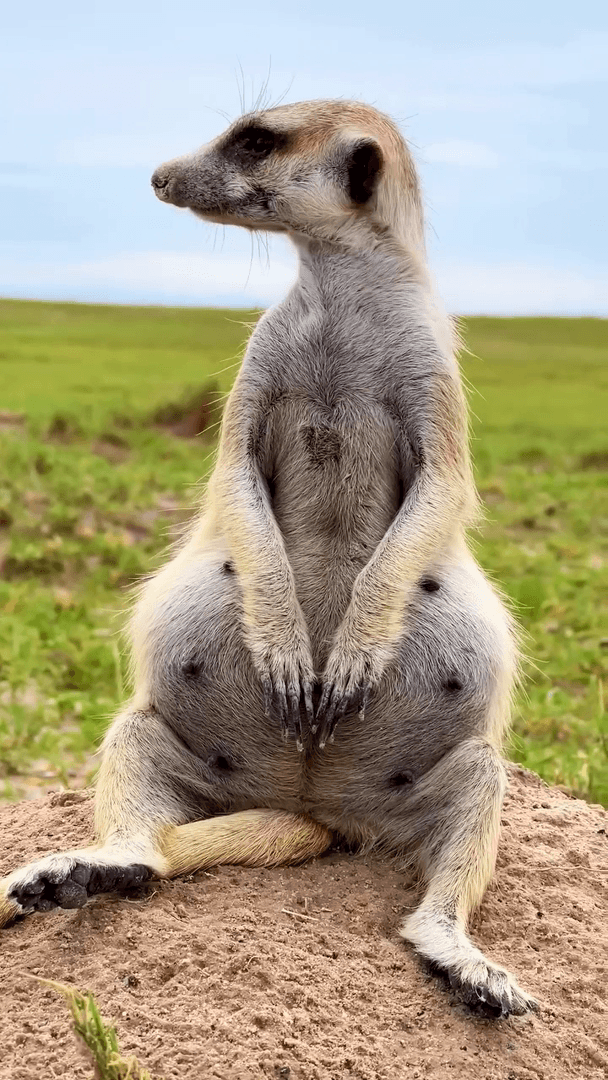
Desert Gazelle Hunting Advisors: Ethics and Legality of Hunting in Arid Regions. Guide to Responsible Hunting of Desert Gazelles: Population Conservation and Law Enforcement This article focuses on i
Post: 5 July 12:04

Post: 5 July 12:04

Post: 27 June 09:36

Post: 10 June 10:20

Post: 12 November 12:41

Post: 28 August 07:56

Post: 28 August 11:29

Post: 3 July 13:59

Post: 2 June 14:14

Post: 28 August 12:57

Post: 4 July 13:59

Post: 22 October 23:53

Post: 25 August 08:07

Post: 25 March 03:43

Post: 28 August 12:40

Post: 28 August 08:27

Post: 3 July 09:40

Post: 4 July 16:33

Post: 31 July 09:45

Post: 2 July 19:38

Post: 21 August 16:53

Post: 26 August 14:43

Post: 22 August 13:31

Post: 5 August 09:47

Post: 29 April 13:46

Post: 3 July 14:02

Post: 11 July 20:47

Post: 29 July 19:06

Post: 11 July 20:49

Post: 5 July 05:52

Post: 28 August 08:05

Post: 9 September 07:27

Post: 21 August 15:28

Post: 30 July 10:54

Post: 12 June 06:41

Post: 5 September 18:21

Post: 19 September 18:50

Post: 24 June 11:49

Post: 16 May 17:43

Post: 29 May 14:16

Post: 29 July 12:13

Post: 5 July 09:33

Post: 17 July 17:10

Post: 4 August 10:32

Post: 15 July 09:21

Post: 5 September 05:53

Post: 23 July 11:56

Post: 16 May 12:04

Post: 3 September 13:42

Post: 2 June 14:15

Post: 19 May 14:41